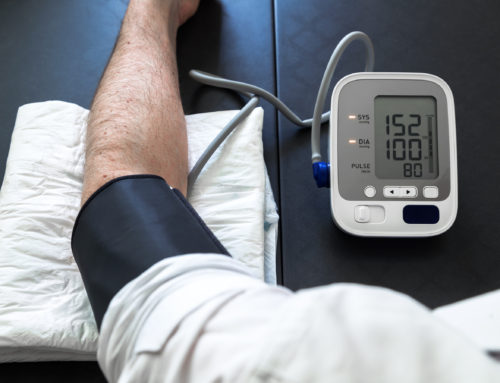Unfortunately, many people think that a yearly annual exam isn’t really necessary, especially when they think they are in good health. But, the truth is that nearly one-third of Americans who have a chronic disease are totally unaware of it. In fact, seven out of every 10 deaths in the US is due to chronic disease. An annual exam with a physician should be viewed as an important part of preventative care. When caught early, a chronic disease can be medically treated and managed. Getting an annual checkup is vital to maintaining good health and should be on everyone’s bucket list each year. It should be an integral part of anybody’s healthcare routine.
What’s Done During an Annual Exam
There are a variety of things that may be done during an annual exam. Cholesterol, blood sugar and blood pressure levels are checked. An annual exam also includes things like:
- Lab tests, including complete blood count
- Special risk factors, such as age, gender and race are considered
- An exam of respiratory health is done
- Skin screening for dermatological health is done
- EKG to assess heart health
- Body mass index testing
- Screenings for cancer
It’s always best to be safe than sorry. That old age saying “An ounce of prevention is worth a pound of cure” rings true when it comes to good health. With an annual exam, a physical can catch chronic conditions early on before they progress. An effective treatment plan can be put in place before the condition becomes severe.
Annual Women’s Exams
Pap smears are recommended for women at age 18. It can test for cervical dysplasia, trichomonas, herpes and genital warts. An annual women’s exam can identify early detection of conditions like vulvar cancer and breast cancer. If the Pap smear is abnormal, biopsies may be taken or a colposcopy may be done for a closer look at the cervix. Depending on the results, laser vaporization, cryotherapy or loop excision may be done. The benefits of an annual women’s exam, including a pap smear, cannot be minimized. With early detection and treatment, the outcome is typically much better.
Annual Men’s Exams
During an annual men’s exam, a physician will check heart rate, respiration rate, and blood pressure. While checking the heart, heart murmurs and other clues to heart disease can be detected. A head and neck check will be done to examine the lymph nodes and carotid arteries. An annual physical exam for men might also include a testicular exam, hernia exam, penis exam and prostate exam. Suspicious areas for prostate cancer and testicular cancer can be identified. Some physicians routinely order a blood panel, urinalysis, and lipid panel test during an annual exam for men.
Annual Exams and Malpractice
It is required that patients be made aware of something found during an annual exam. And that is clearly the job of the managing physician. A patient must be made aware of the condition and understand the implications of the finding. And all of this should be documented. An annual exam should at least include blood work and a head-to-toe examination. The physician should also discuss with the patient any new physical complaints. When an incidental finding of an annual exam slips through the cracks, it may call for a medical malpractice claim. Whether it’s a blood test abnormality or lung lesion, these critical conditions should be treated before they worsen and become refractory to medical treatment. It’s important that threatening conditions are properly treated and nipped in the bud. The bottom line is that early diagnosis and treatment saves lives.
If a serious condition slipped through the cracks during an annual exam, causing you harm, you should discuss it with a medical malpractice attorney. If the attorney feels that you have a valid medical malpractice claim, you’ll also need a medical expert to pursue a medical practice claim. This expert will review your claim and your medical records and give testimony to support your medical malpractice claim in court. Turn to Dr. Edward Mallory as your medical expert. “Dr. Edward Mallory is a residency-trained, board-certified emergency medicine physician and medical expert witness. Although he is a practicing doctor in several hospitals, the primary function of his medical expert witness business is to provide his expertise in the courtroom in order to support his clients’ testimonies. He is hired by people who believe they have been a victim of medical malpractice. He gives written or oral testimonies and expert opinions, and his interpretation or medical record review is crucial in cases of the law involving medicine.”




























